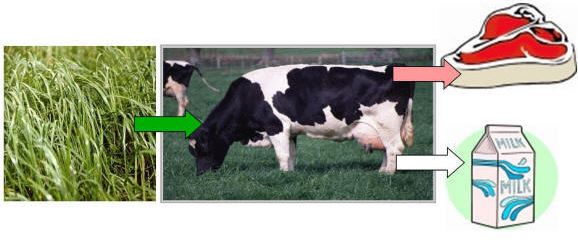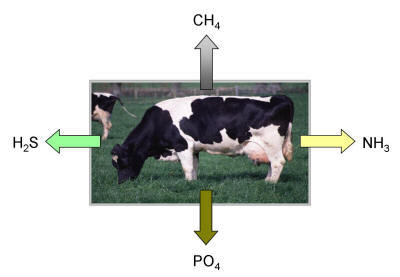
As the world struggles to wean itself off fossil sources, it turns to biology for its energy.
The original bioenergy source was humanity itself: from the individuals and small communities who invented agriculture to the slave cultures that built pyramids.
Then there were 30-manpower oxen and horses, and civilizations powered by deforestation – and even now hands, wood, livestock, and dung meet the energy needs of much of humanity.
When fossil supplies are threatened, each technologically advanced nation-state anxiously makes inventories of its energy resources, looking for potential home-grown replacements.
One of these is the solar photon, a constant flux of which falls, gratis, from the sky onto every inch of sovereign territory.
